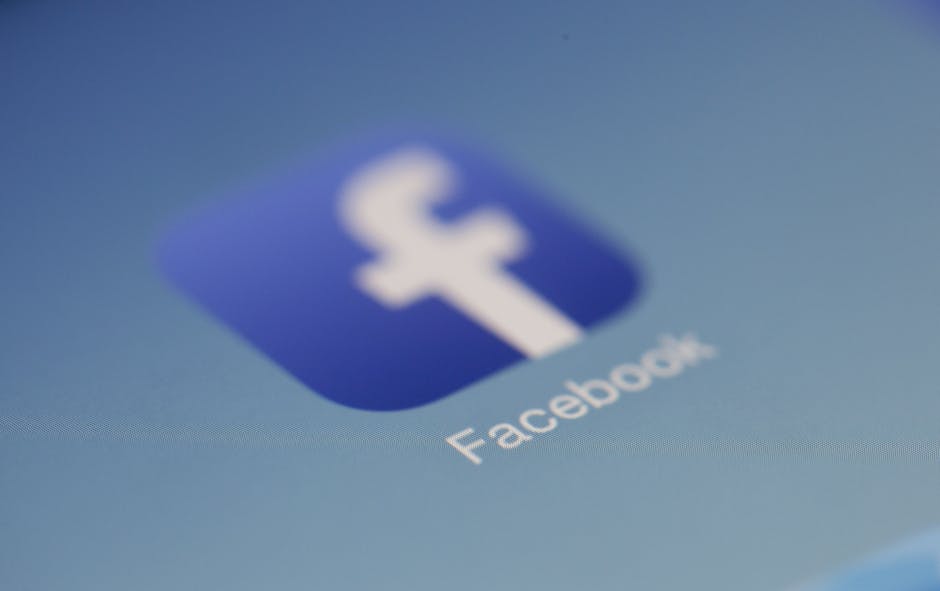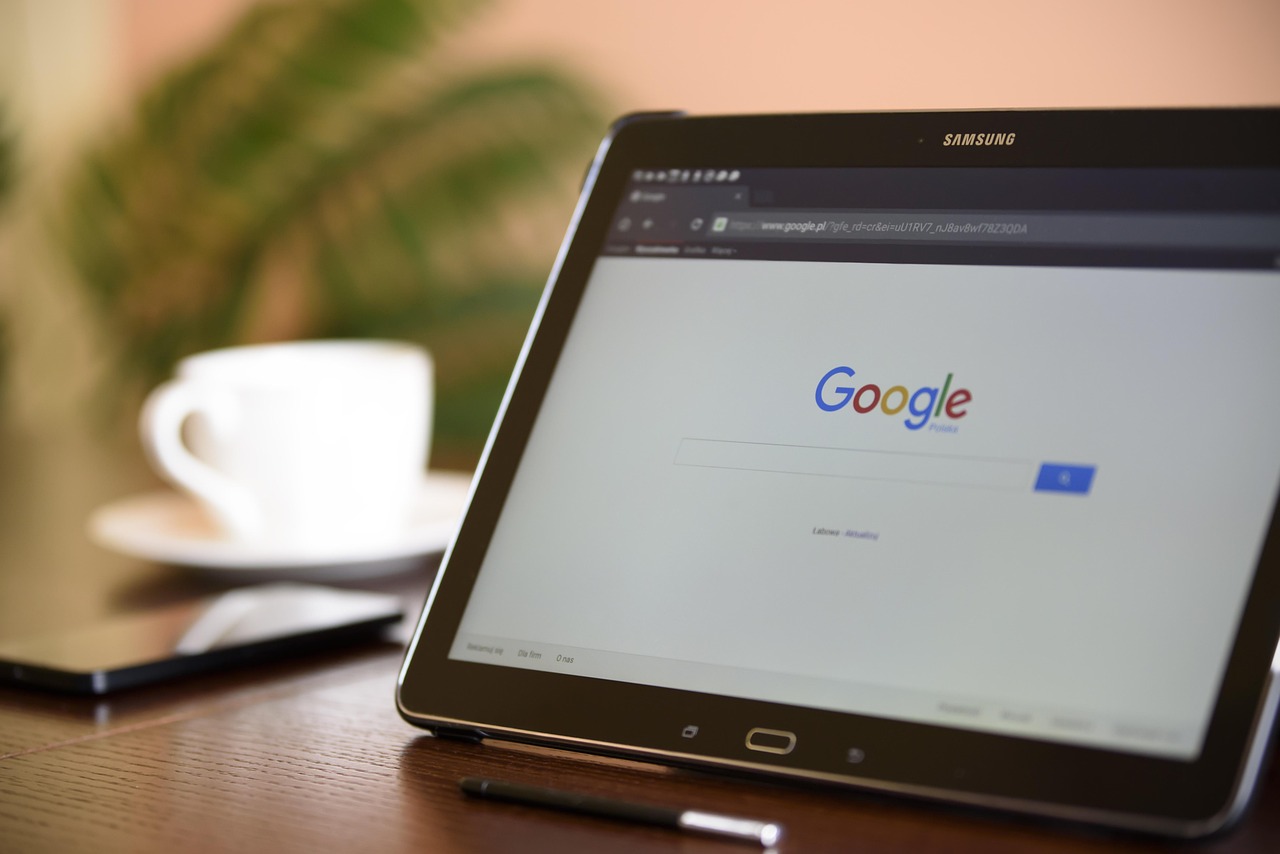Older Facebook Pages typically have both a “Like” button and a “Follow” option. The newer Pages, however, just have the “Follow” button.
In a nutshell, the reason some Pages have both options and others only have “Follow” comes down to the version of the Page. Older Pages still show “Like” and “Follow,” while the newer Page experience only uses “Follow” — which I think is much clearer.
I’ve explained it in more detail below, but that’s the short answer!
1. Pages with “Like” AND “Follow” options (older style Pages):
- These are the classic Facebook Pages.
- You can choose to “Like” a Page and also “Follow” it (or unfollow if you don’t want updates).
- Liking a Page may appear on your profile (depending on settings) and is more of a public endorsement.
- Following means you’ll get that Page’s posts in your feed (though not always—Facebook still decides what to show).
2. Pages with only a “Follow” option (new style Pages):
- This is the new Facebook Page experience (Facebook has been rolling this out since 2021).
- In this model, the “Like” feature is removed. People can only follow a Page.
- This simplifies things—if someone follows your Page, they’ll see your updates (more likely than with “likes”).
- You can still see how many followers you have, and people can choose to follow or unfollow anytime.
✅ Why the change?
Facebook realized that “Likes” were a bit confusing—people might like a Page but not follow it (so they don’t see updates), or follow without liking. Removing likes simplifies engagement and better reflects who actually wants to hear from your Page.
💡 What should you do?
If you’re managing a Facebook Page, you can opt into the new experience (if eligible). It gives you:
- Better analytics
- Cleaner interface
- Easier control between personal profile and Page
- Focus on followers, which are more meaningful


